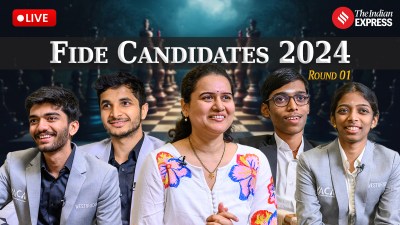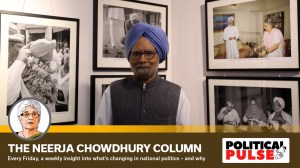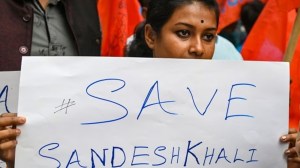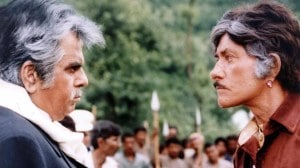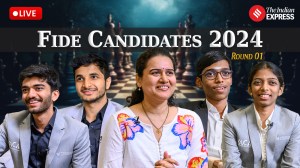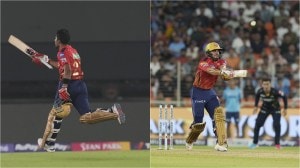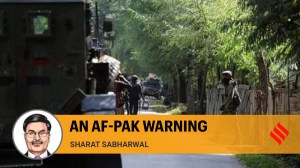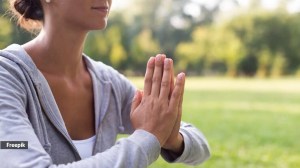- India
- International
Heatwaves may make Lok Sabha polls more exhausting than ever
IMD has predicted harsher spells of heat waves that may last between 10 and 20 days instead of the usual two to four days.
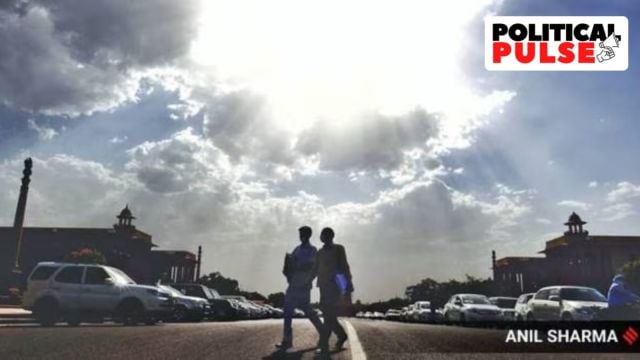 Last year, 10 people had died of heat stroke during a political gathering in Mumbai in April, making it the biggest-ever heat-related death toll from any single event in India.
Last year, 10 people had died of heat stroke during a political gathering in Mumbai in April, making it the biggest-ever heat-related death toll from any single event in India.A general election spread over two months is always a gruelling exercise, particularly during the summer season. This time it is expected to be even tougher, with the India Meteorological Department (IMD) forecasting prolonged heat waves during April and May.
Heat waves are not uncommon during April and May. But the frequency and intensity of heat waves, just like other climate-induced weather events, have been on the rise, and these are now much more pronounced compared to five years ago when the last general elections were held. Election campaign, political rallies, and the voting exercise, therefore, pose a far greater risk this time.
In its latest summer forecast on Monday, IMD predicted harsher spells of heat waves that could last between 10 and 20 days instead of the usual two to four days. Above normal heatwave days were likely to occur over most parts of south peninsula, central India, east India, and plains of northwest India. This covers almost the entire country except northeast and north India.
Political activities and gatherings during this time would increase the exposure and the risk from extreme heat and humidity. Last year, 10 people had died of heat stroke during a political gathering in Mumbai in April, making it the biggest-ever heat-related death toll from any single event in India.
The same day that it announced the seven-phase general elections, the Election Commission had also circulated an advisory to all the state electoral officers on the risks from heatwave and the steps to be taken on the voting day to minimise these risks for the voters. It talked about the special arrangements to be made at every polling booth – drinking water, shade, medical kits, toilets, queue management – to deal with the likely impacts of excessively high temperatures. But that advisory did not include any guidance for political parties for their campaign or rallies.

Among the states where particularly harsh heatwaves are predicted, Rajasthan, Madhya Pradesh, Odisha and Maharashtra will vote in multiple phases in the months of April and May. Odisha will have simultaneous polls for Lok Sabha as well as the state assembly. Uttar Pradesh, Bihar and West Bengal, the three states that will see voting in all the seven phases, are also prone to heatwaves.
Dr Dileep Mavalankar, honorary professor and former director, Indian Institute of Public Health, Gandhinagar, which produced the country’s first heatwave action plan in 2011, said people participating in rallies and going out to vote must take specific precautions to prevent dehydration and exposure to the sun directly. He said political parties should ideally avoid holding rallies between 11 am to 4 pm.
Dr Mavalankar said that longer heat waves could also lead to hotter nights. This prevents the body from getting enough time to recuperate from the damage of heat exposure. “People should use umbrellas and caps and carry water with them while participating in election programmes and on voting day. Simple precautions and avoiding stepping out during peak hours of heat go a long way in avoiding heat related illnesses,” he said.
Heatwaves are particularly risky for vulnerable populations like the elderly, children and those with pre-existing health conditions. Such people are more susceptible to heat-related illnesses such as exhaustion and heatstroke. Prolonged periods of extreme heat can lead to dehydration, and put a stress on infrastructure like power grids and transportation systems.
Apr 04: Latest News
- 01
- 02
- 03
- 04
- 05


